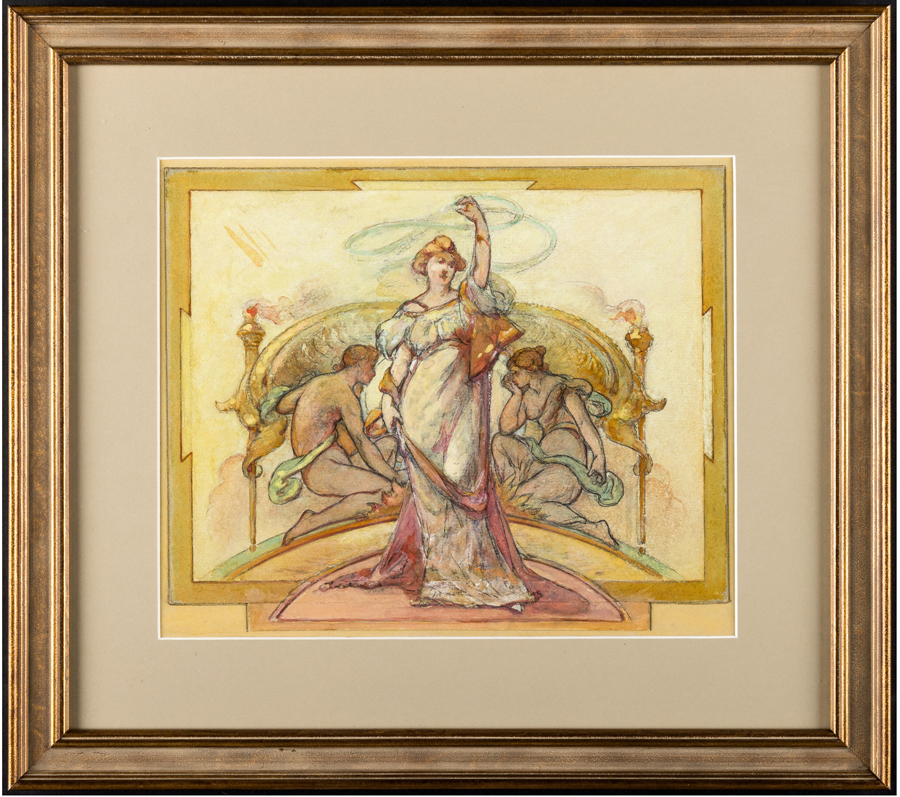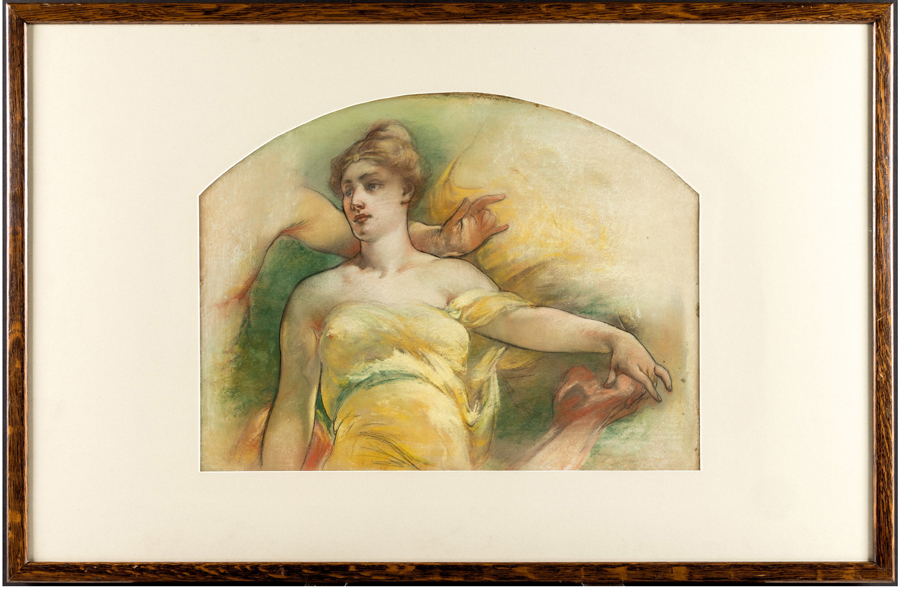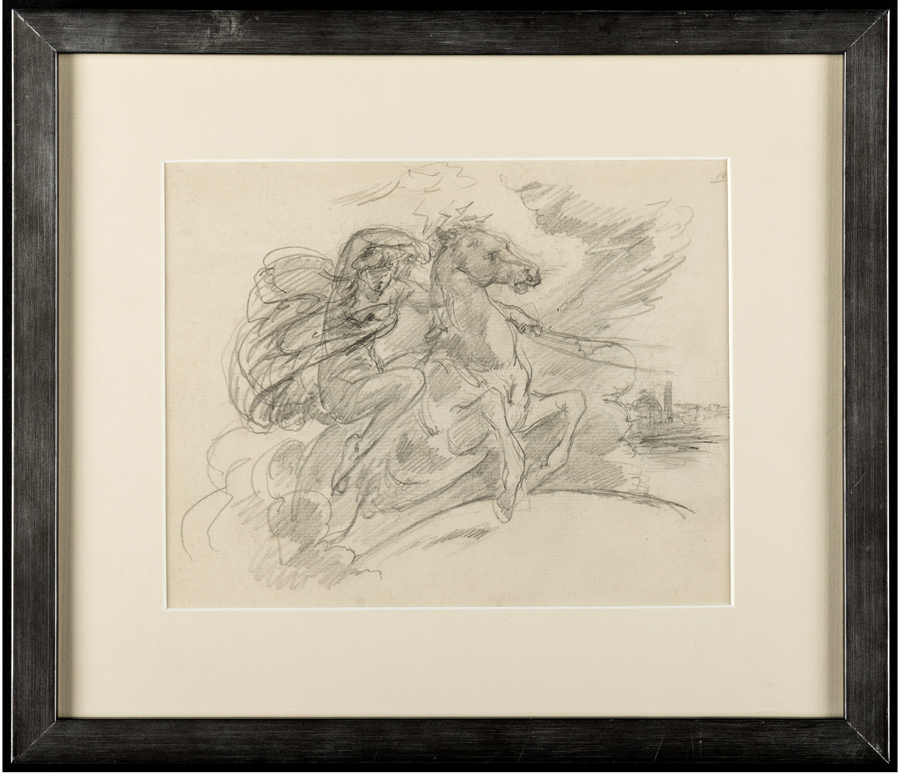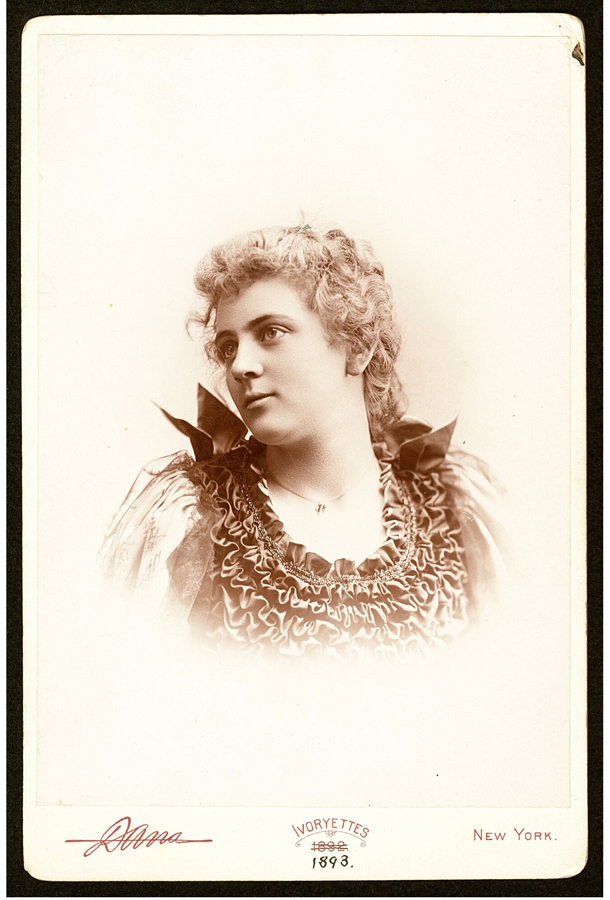WALTER SHIRLAW MADE MEANINGFUL CONTRIBUTIONS TO BOTH NUMISMATIC DESIGN AND AMERICAN ART
By Marilyn Pace
Among numismatists, Walter Shirlaw is best known for designing the iconic vignette Electricity Presenting Light to the World, featured on the face of the 1896 $5 Educational Series note, which is often regarded as the most beautiful in U.S. currency. He is also familiar as the designer of the allegorical vignette Progress, on the back of the 1901 $10 Bison Legal Tender note. But Shirlaw was much more than a banknote designer and engraver. He was a prominent 19th-century American artist and made significant contributions to both American Art and numismatic design.
This Fr. 268 $5 1896 ‘Educational’ in PCGS 68 PPQ, which is tied for the finest known, sold for $72,000 on May 2 at Heritage Auctions. Featuring artwork by Walter Shirlaw, the note is widely considered the most beautiful banknote in the history of U.S. paper money.
Shirlaw began his journey into the world of currency design as a banknote engraver for the American Bank Note Company in New York, and later the Western Bank Note Company in Chicago – a career he pursued to help finance his artistic education. By 1861, he had established himself as one of the nation’s leading engravers.
Beyond numismatics, Shirlaw concurrently played a key role in shaping American Art. His first major work of art was displayed in 1861 at the National Academy of Design in New York City. He also achieved international acclaim for works such as Sheep-shearing in the Bavarian Highlands, which earned an Honorable Mention at the Paris Exposition of 1878. In addition, he founded the Society of American Artists and served as its first president. He was also instrumental in founding the Art Institute of Chicago and contributed major public artworks, including the dome designs of the Manufactures and Liberal Arts Building at the 1893 Chicago World’s Fair and The Sciences allegories in the entrance hall of the Library of Congress. As an educator, he taught artist and collector Katherine Dreier, co-founder of the transformative Société Anonyme with Dadaists Marcel Duchamp and Man Ray. Today, Shirlaw’s works are held in major institutions, including the Metropolitan Museum of Art, the Cooper Hewitt museum and the National Academy of Design.
Likely conceived as a preparatory design for a mural, engraving or decorative panel, this finely executed neoclassical composition by Shirlaw closely resembles G.F.C. Smillie’s engraving ‘Liberty and Progress,’ which graced the back of the Series 1902 National Banknotes.
Heritage’s April 29-May 2 CSNS US Currency Signature® Auction featured an exciting trove of Shirlaw’s preliminary sketches and pastels. The lots came from the estate of Frederick B. Smillie, son of esteemed banknote engraver G.F.C. Smillie, who held prominent roles at various firms before becoming chief engraver at the Bureau of Engraving and Printing in 1894. At least six members of the Smillie family worked in banknote engraving, with some – most notably James D. and William H. Smillie – also active as professional artists. Both frequently exhibited alongside Shirlaw in juried exhibitions and competitions, suggesting a strong likelihood of personal and professional acquaintance. Given the overlap between artistic and engraving circles of the period, it is plausible that these works were either gifted to the Smillie family or served as early sources of inspiration for banknote design.
Shirlaw’s ‘Fragment Pastel,’ from the estate of Frederick B. Smillie, sold for $12,000 on May 2 at Heritage Auctions.
Among the standouts in the collection was a large work titled Fragment Pastel. Likely created as a preparatory drawing for a mural or decorative panel, the striking pastel exemplifies Shirlaw’s signature neoclassical style, reflecting late 19th-century ideals of enlightenment and progress. Notably, the reverse of the piece bears Shirlaw’s address at No. 3 Washington Square North, New York City – a building that housed both Shirlaw and fellow banknote artist William H. Low as inaugural tenants in the late 1880s. Over the years, the address became a significant hub for American Art, later home to notable figures such as Dennis Miller Bunker, Thomas Eakins, Mary E. Tillinghast, F.W. Stokes (chief artist on Robert Peary’s Antarctic expedition) and, most famously, Edward Hopper.
This untitled graphite-on-paper sketch by Shirlaw likely was intended as part of a bigger composition or as a design for engraving.
Another highlight among the Shirlaw works was an untitled sketch of an allegorical subject, likely intended as part of a larger composition or vignette design for engraving. The central female figure, positioned before a stormy backdrop with lightning bolts, suggests a possible early iteration of Shirlaw’s allegorical concept for Electricity. This theme would later be fully realized in his celebrated vignette Electricity Presenting Light to the World, featured on the 1896 $5 Educational Series note – one of the most iconic designs in American numismatic history.
Another offering directly linked to the 1896 $5 Silver Certificate was the ivoryette cabinet card photograph of Annie Wintermuth, dated 1893. An inscription on the reverse, signed by Fred Smillie, reads: “Miss Annie Wintermuth of New York City; Original for central figure and face in engraving of Shirlaw’s $5.00 ‘picture note’ silver certificate of 1894-5.” This note refers to Shirlaw’s celebrated vignette Electricity Presenting Light to the World, which appeared on the obverse 1896 $5 Educational Series Silver Certificate, long regarded as the most beautiful design in the history of U.S. paper money.
Dated 1893, this ivoryette cabinet card depicting Annie Wintermuth includes an inscription noting that Wintermuth was the subject model for Shirlaw’s ‘Electricity Presenting Light to the World.’








 MARILYN PACE is a Numismatic Assistant at Heritage Auctions.
MARILYN PACE is a Numismatic Assistant at Heritage Auctions.